Do Solar Garden Lights Work Without Direct Sunlight?
Solar garden lights are a go-to for eco-friendly outdoor lighting, but a question pops up often: do they still work when the sun’s hiding behind clouds? The short answer is yes, they do, but there’s more to it. Cloudy days, shade, or even rainy spells can impact how well these lights function. Let’s break down how solar garden lights perform without direct sunlight, what affects their efficiency, and how to get the most out of them.

How Solar Panels Handle Cloudy Days
Solar garden lights rely on photovoltaic panels to convert sunlight into electricity, which charges their batteries. On clear days, these panels work at full capacity, but what happens when clouds roll in?
- Reduced efficiency: Overcast skies cut solar panel output to 10–30% of their normal capacity, depending on cloud thickness and light diffusion.
- Diffuse light still works: Panels can still capture scattered sunlight, meaning they generate some power even without direct rays.
- Location matters: Shaded areas or north-facing spots may further limit light exposure, slowing the charging process.
This reduced efficiency doesn’t mean your lights are dead in the water—they’ll still charge, just not as fast or fully as on sunny days.
Charging Speed and Battery Storage
When sunlight is scarce, the charging process takes a hit, which directly affects the battery. Most solar garden lights use rechargeable batteries (like NiMH or lithium-ion) to store energy for nighttime use. Here’s how cloudy conditions impact this:
- Slower charging: With less sunlight, batteries take longer to reach full capacity, sometimes only partially charging.
- Battery quality varies: Cheaper lights often have smaller, less efficient batteries, which struggle to hold a charge under suboptimal conditions.
- Energy conservation: Some advanced models adjust brightness to stretch battery life, ensuring light output even after weak charging days.
For example, a light that charges fully in 6 hours of direct sunlight might need 12–15 hours in overcast conditions, assuming it gets enough diffuse light.
Expected Light Hours After Cloudy Days
So, how long will your solar garden lights glow after a cloudy day? It depends on the light’s design and the conditions:
- Typical runtime: On a full charge, most solar lights provide 6–12 hours of illumination. After a cloudy day, expect 3–8 hours, depending on the model.
- Battery capacity: Lights with larger batteries (e.g., 2000mAh vs. 800mAh) can store more energy, offering longer runtime even with partial charging.
- LED efficiency: Modern LEDs sip power, so high-quality lights can still shine brightly for hours, even with less stored energy.
If you’ve got budget lights, they might dim or cut out earlier. Premium models, though, are built to handle weaker charges better, keeping your garden lit longer.
Solutions for Better Performance
Want your solar garden lights to shine reliably, even when the weather’s gloomy? Here are practical ways to boost their performance:
- Choose high-efficiency panels: Monocrystalline panels outperform polycrystalline ones in low-light conditions, capturing more energy from diffuse sunlight.
- Opt for larger batteries: Lights with higher-capacity batteries (e.g., 3000mAh) store more energy, giving you longer runtime on cloudy days.
- Consider hybrid models: Solar-USB lights let you charge via USB when sunlight’s not enough, ensuring consistent performance.
- Strategic placement: Place lights in areas with maximum light exposure, avoiding heavy shade from trees or buildings.
- Regular maintenance: Clean panels periodically to remove dust or debris, which can block even diffuse sunlight.
Investing in these features might cost more upfront, but they pay off in reliability and performance, especially in cloudy or shaded environments.
-2-1024x400.webp)
Smart Features in Modern Lights
Some newer solar garden lights come with tech to tackle low-light challenges. These features make a difference:
- Motion sensors: Lights activate only when needed, saving battery for longer use.
- Adjustable brightness: Some models dim automatically to conserve energy, extending runtime on cloudy days.
- Smart controllers: Advanced lights optimize charging and output based on weather patterns, squeezing more out of limited sunlight.
These upgrades are especially handy in regions with frequent overcast skies, making your lights more versatile and efficient.
What to Look for When Buying
Not all solar garden lights are created equal. If you live in an area with lots of cloudy days, here’s what to prioritize:
- Panel type: Monocrystalline for better low-light performance.
- Battery size: At least 1500mAh for decent storage.
- IP rating: Look for IP65 or higher for weather resistance against rain and dust.
- Build quality: Stainless steel or durable ABS plastic withstands harsh weather better than cheap materials.
- Warranty: A 1–2 year warranty signals reliability.
Spending a bit more on these features ensures your lights keep glowing, even when the sun’s playing hide-and-seek.
Real-World Expectations
Let’s put this in perspective. If you’re in a place like Seattle, where cloudy days are common, your solar garden lights won’t perform like they would in sunny Arizona. On a typical overcast day, expect your lights to charge enough for 4–6 hours of light, assuming they’re well-placed and decent quality. If you’ve got high-end models with larger batteries or hybrid charging, you might get closer to 8 hours. The key is managing expectations—solar lights aren’t magic, but they’re still effective with the right setup.
Environmental and Cost Benefits
Even with cloudy days, solar garden lights remain a smart choice. They’re eco-friendly, slashing your reliance on grid power and cutting your carbon footprint. Plus, they save you money on electricity bills over time. While their performance dips in low-light conditions, the trade-off is worth it for sustainable, hassle-free lighting. And with hybrid models, you’ve got a backup plan for those extra-gloomy days.
Conclusion: Cloudy Days Aren’t a Dealbreaker
Solar garden lights absolutely work without direct sunlight, though their performance depends on the conditions and the quality of the light. On cloudy days, expect reduced charging and shorter runtime—anywhere from 3–8 hours compared to 6–12 on sunny days. By choosing models with high-efficiency panels, larger batteries, or hybrid solar-USB charging, you can keep your garden glowing even when the sun’s not cooperating. Premium lights handle overcast conditions better, making them worth the investment for consistent outdoor lighting. With a bit of planning and the right gear, cloudy skies won’t dim your garden’s charm.


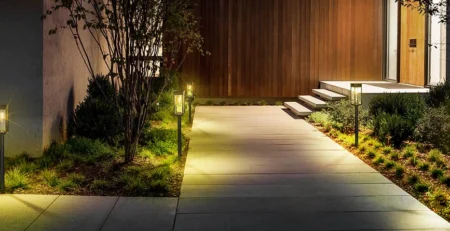

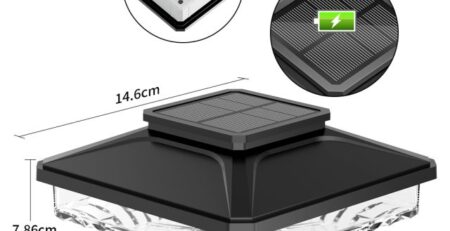


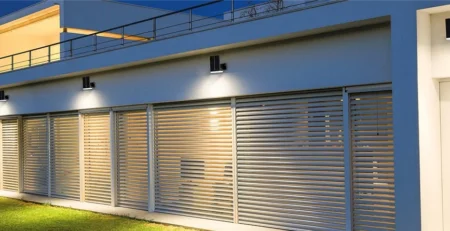
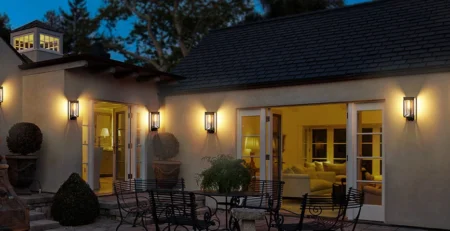
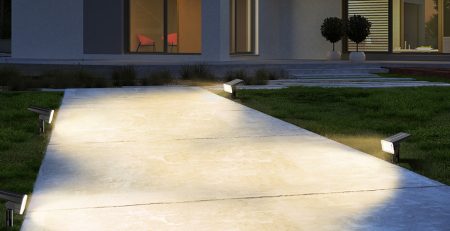
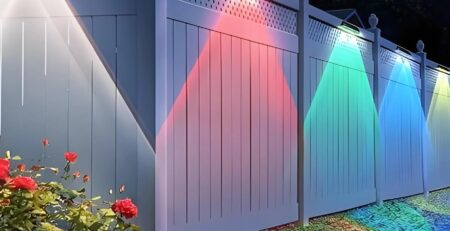
Leave a Reply